Introduction: The saying “Fresh ginger disperses while dried ginger can both disperse and retain” summarizes the contrasting properties of ginger in terms of its dispersing (走) and retaining (守) effects.
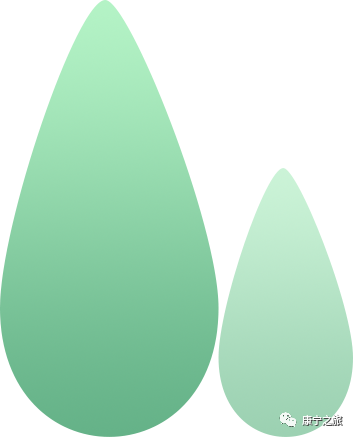
Ginger is one of the essential spices in the kitchen and is also recorded in ancient TCM texts as a medicinal food (药食同源品).
However, the effects of fresh ginger and dried ginger can be quite different! In the realm of Chinese medicine, fresh ginger is referred to as “Sheng Jiang (生姜)”, while dried ginger is called “Gan Jiang (干姜)”.
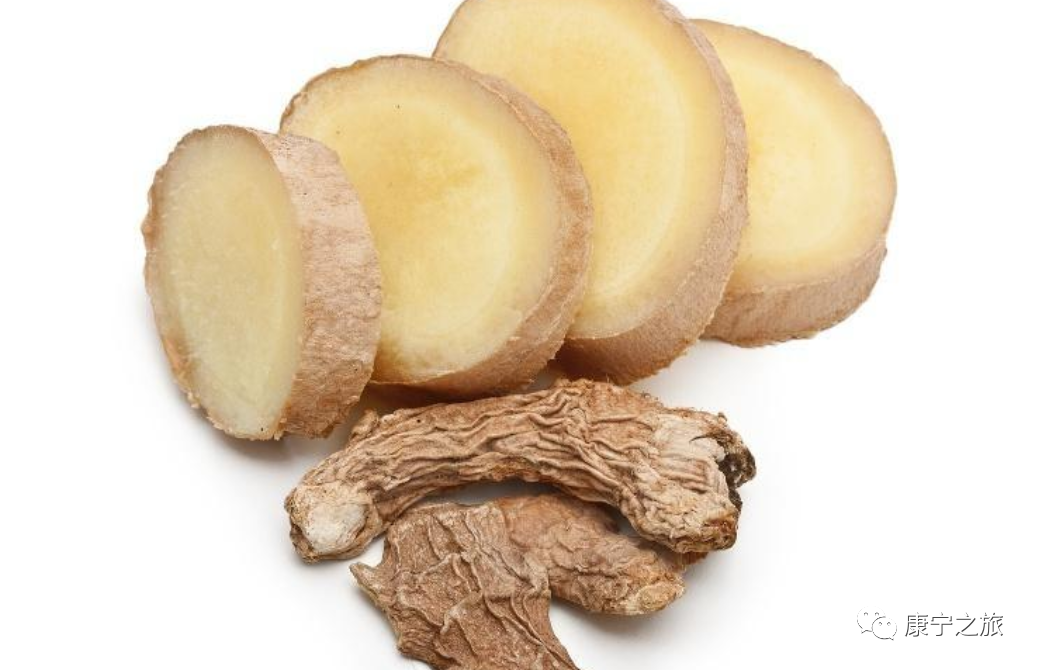
Drying is also one of the methods of processing (炮制) in TCM, which alters the uses of the herb.
Although both Sheng Jiang and Gan Jiang are derived from the same plant, they have different effects. Using the wrong type can not only fail to regulate the body but may also cause harm.

Gan Jiang is the dried rhizome of the ginger plant.
During cultivation, Sheng Jiang is often covered with soil, causing its rhizome to grow long and thin, making it suitable for use as fresh ginger.
Because it grows quickly, some internal components may not accumulate sufficiently, resulting in a shriveled and very light product when dried, which is not suitable for use as Gan Jiang.
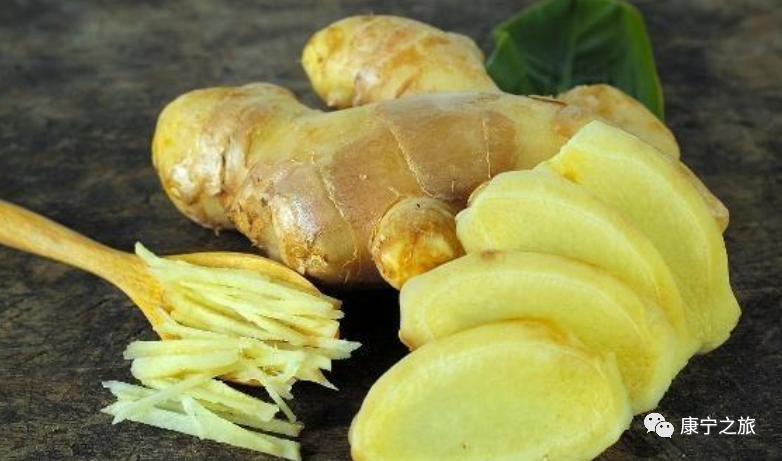
Sheng Jiang
In the cultivation process, if the rhizome is not covered with soil, and is directly exposed to the surface, it will not grow as vigorously, allowing for the accumulation of internal components. When dried, it remains firm and heavy, making it suitable for use as Gan Jiang.
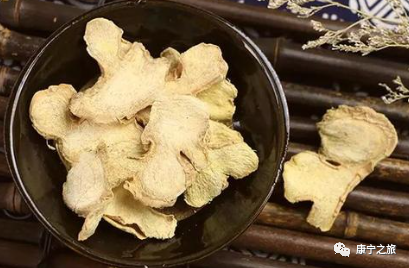
Gan Jiang
Gan Jiang has the functions of warming the middle, dispersing cold, restoring yang, and unblocking the meridians, as well as warming the lungs and transforming phlegm.

The first function of Gan Jiang is to warm the middle and disperse cold. This herb is pungent and warming, primarily entering the Spleen and Stomach meridians, excelling at warming and dispersing cold pathogens in the middle jiao, and has the function of strengthening the Spleen and Stomach.
In TCM, the Spleen and Stomach deficiency cold is caused by the invasion of cold or insufficient yin and yang, leading to abdominal cold pain accompanied by diarrhea and vomiting.
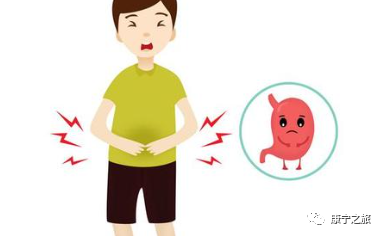
Gan Jiang can be used alone or in combination with Bai Zhu (白术, White Atractylodes) and Dang Shen (党参, Codonopsis) to assist in treating Spleen and Stomach deficiency cold and help regulate the Spleen and Stomach.
Therefore, for any Spleen and Stomach cold syndrome, whether due to external cold invasion or insufficient yang, Gan Jiang is the main herb for warming the middle jiao.
If there is cold vomiting, it is often combined with Ban Xia (半夏, Pinellia) and Wu Zhu Yu (吴茱萸, Evodia) to warm the middle and stop vomiting;
If there is Spleen and Stomach deficiency cold with cold pain in the abdomen, poor appetite, reduced food intake, vomiting, and diarrhea, it is often combined with Qi-tonifying and Spleen-strengthening herbs like Ren Shen (人参, Ginseng) and Bai Zhu.

The second function of Gan Jiang is to restore yang and unblock the meridians. This herb is pungent and warming, entering the Heart, Spleen, and Kidney meridians, with the effect of warming yang and unblocking the meridians.
For those with a constitution of yang deficiency who are taking Chinese medicine, they are certainly familiar with Fu Zi (附子, Aconite), which requires prolonged decoction. It is hard not to notice.
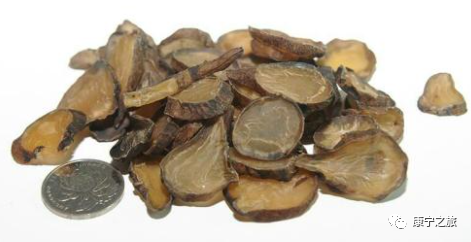
When it comes to its classic partner, one must mention “Fu Zi cannot warm without Gan Jiang”.
Why is there a saying that “Fu Zi cannot warm without Gan Jiang”?
Firstly, using Gan Jiang alone is not strong enough; secondly, Fu Zi restores yang energy slowly; thirdly, Fu Zi has certain toxicity, so in treating yang collapse, it is often paired with Gan Jiang.
When Fu Zi and Gan Jiang are combined, it can reduce the toxicity of Fu Zi, enhance its efficacy, and since Fu Zi restores yang but does so more slowly than Gan Jiang, their combination allows for a rapid and sustained effect.

Fu Zi and Gan Jiang have long been a commonly used pair of medicinal herbs. As early as the time of the medical sage Zhang Zhongjing, this combination saved many lives.
Zhang Zhongjing’s famous formula, Si Ni Tang (四逆汤), uses Fu Zi and Gan Jiang as the most important ingredients, making them key herbs in this formula.
The combination takes advantage of their ability to restore yang and rescue from collapse, used in the treatment of Heart and Kidney yang deficiency with cold extremities.
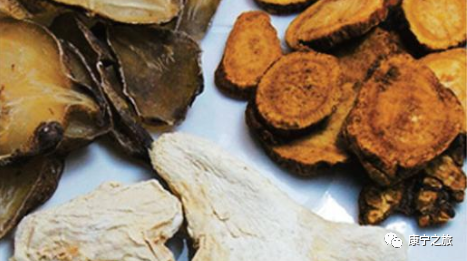
Si Ni Tang (四逆汤)
So why is Gan Jiang’s function described as restoring yang and unblocking the meridians rather than restoring yang and rescuing from collapse?
The main reason is that Gan Jiang does not act on the Kidneys and cannot enhance the yang energy in the Kidneys, making it less effective for cold extremities. However, Gan Jiang can assist Heart yang and enhance the Heart’s role in blood circulation, hence it is termed restoring yang and unblocking the meridians.

The third function of Gan Jiang is to warm the lungs and transform phlegm. This herb is pungent and warming, entering the Spleen, Stomach, and Lung meridians, capable of warming and dispersing cold pathogens in the lungs to facilitate their function of descending;
It can also transform phlegm and warm the Spleen and Stomach to eliminate dampness, thus cutting off the source of phlegm.
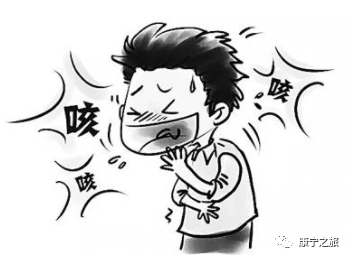
Therefore, it is often used to treat cold phlegm and water retention that forces the lungs, leading to cold body, cold back, excessive clear phlegm, cough, or wheezing, often combined with herbs that warm the lungs, transform phlegm, and stop cough such as Xi Xin (细辛, Asarum), Wu Wei Zi (五味, Schisandra), and Ma Huang (麻黄, Ephedra).

Next, we will compare Gan Jiang and Sheng Jiang:
The fresh product is Sheng Jiang, while the dried product is Gan Jiang.
The fresh product Sheng Jiang contains moisture, has a stronger aroma than flavor, and its pungent dispersing power is relatively strong, capable of dispersing cold and relieving the exterior, and is commonly used for exterior wind-cold and cold vomiting.
Gan Jiang is made from the dried rhizome of Sheng Jiang, losing all moisture, retaining its aroma and flavor, with reduced pungent dispersing power, excelling at warming the middle and restoring yang, making it a key herb for Spleen yang deficiency and vomiting with diarrhea.

Thus, the saying goes, “Fresh ginger disperses while dried ginger can both disperse and retain,” summarizes the contrasting properties of ginger in terms of its dispersing (走) and retaining (守) effects.
Finally, we will compare Gan Jiang and Fu Zi:
Both can restore yang and rescue from collapse, warm the middle, and disperse cold, treating yang collapse and Spleen and Stomach deficiency cold.
Among them, Fu Zi is the premier herb for restoring yang and rescuing from collapse, essential for treating yang collapse; it can also tonify fire and assist yang, treating various yang deficiency syndromes; (it can assist Heart yang to unblock the meridians, tonify Spleen yang to enhance function, assist Kidney yang to nourish fire, and strengthen the exterior to expel cold, especially excelling at warming Kidney yang).
It can also disperse cold and relieve pain, treating cold bi syndrome.
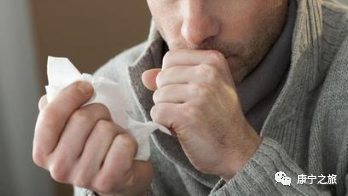
Gan Jiang excels at warming the Spleen and Stomach, being a key herb for Spleen and Stomach cold syndrome, with a weaker ability to restore yang and rescue from collapse compared to Fu Zi. The saying “Fu Zi cannot warm without Gan Jiang” indicates that while Gan Jiang can warm the lungs and transform phlegm, it is also used to treat cold phlegm cough syndrome.
Gan Jiang has so many functions; are you starting to see it in a new light?
By the way, Gan Jiang is pungent, hot, and drying, so those with yin deficiency and internal heat or symptoms of blood heat should use it with caution!

